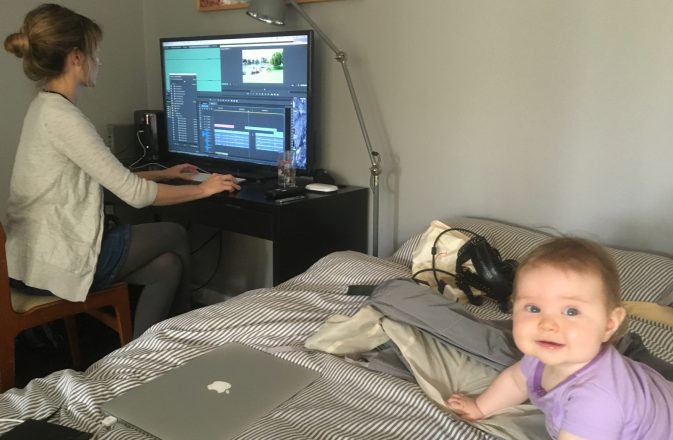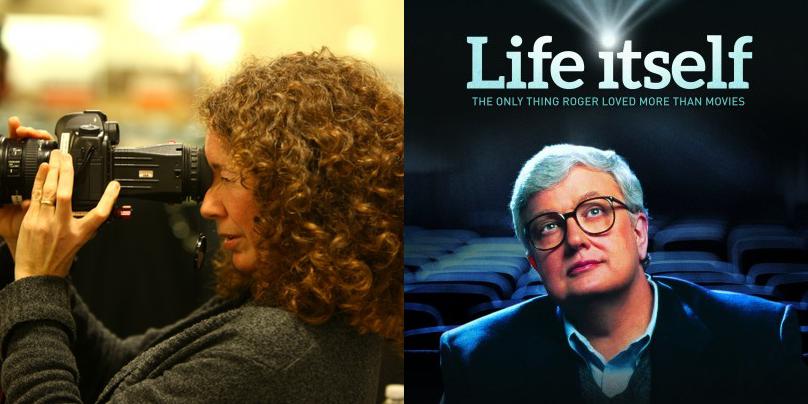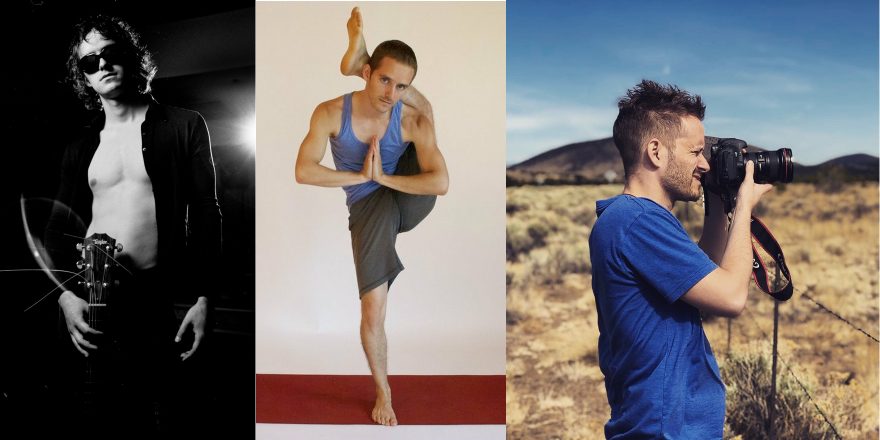I found myself sitting in front of the Piazza Del Duomo in Florence, Italy, a few weeks ago, stoned out of my mind. I had accidentally consumed a bag of edibles that I thought were my friend’s trail mix. After the initial shock wore off, I realized that I was alone and free from my normal life duties and had a substantial amount of time to contemplate probably very cliché things that tourists contemplate when sitting in front of the Duomo. You think about Italian stuff. You think about La Dolce Vita. I’ve seen La Dolce Vita maybe 10 times, and although I have grown, and changed with each viewing, the film has not. I kicked around the idea presented in Roger Ebert’s short essay “The Films of Our Lives”:
“Movies do not change, but their viewers do.” – Roger Ebert
It’s simple, that films are preserved in a celluloid amber of the moment; but we, the viewer, continue living, changing, and evolving our tastes, collecting formative experiences that frame our viewing experiences. Ebert was specifically meditating on his multiple viewings of La Dolce Vita, and how his life experiences shaped his perception of the film with every viewing.
I was reminded of when I was in the midst of making my documentary, Hal.
We were in the weeds insofar as cutting the picture. I was a new mom, exhausted, and editing the film at night when my child went to bed. There were 27 different versions of the film that had been edited an infinite number of ways. I had not yet found my voice in the film, or found the real thesis of what it was I wanted to say about Hal and his films. It wasn’t enough just to trot out all of his greatest hits and do a little dance with them all in equal time. I was struggling.
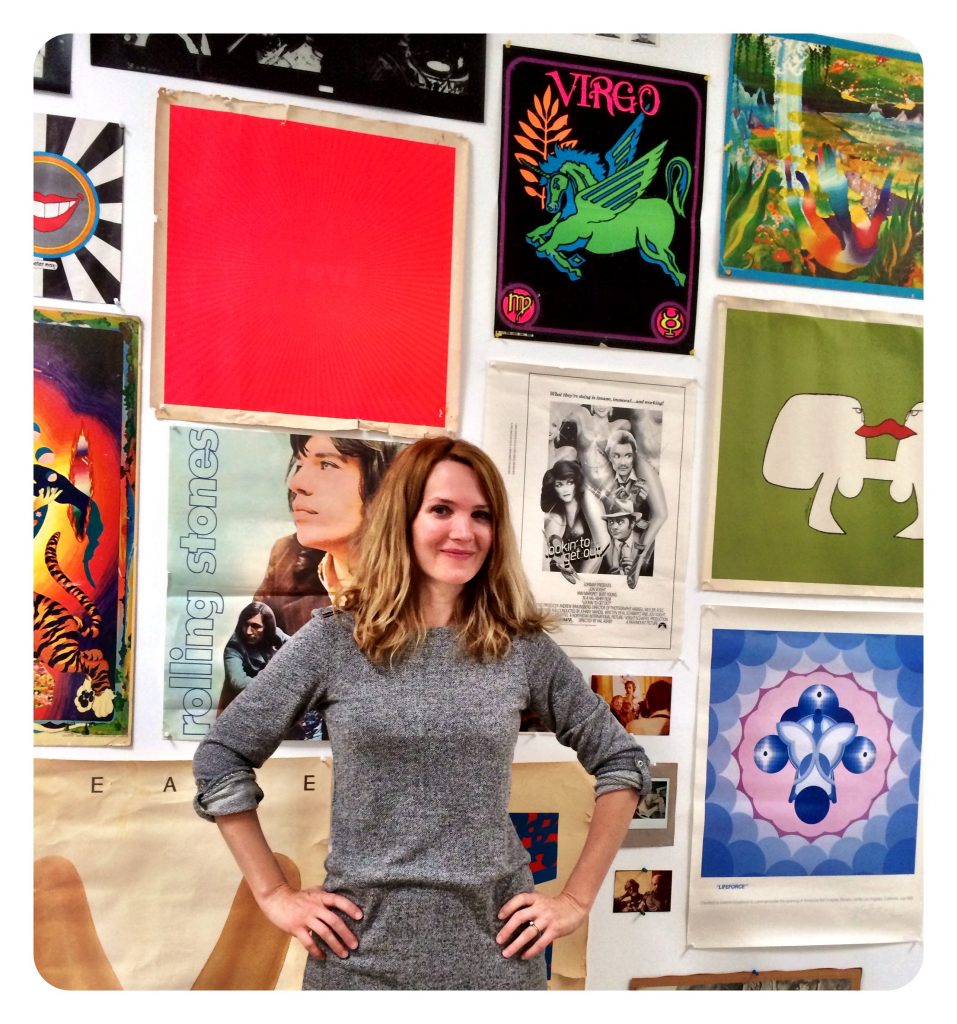
Another year passed, and the exhaustion grew. We were running out of money to finish Hal. One investor after another fell through, we were getting weekly grant rejection emails. My friends began to ask me about the film as if they were checking in on my imaginary friend. I was jogging in the hamster wheel of emotions where all documentary filmmakers eventually find themselves captive, cycling through excitement, skepticism, exhaustion, disbelief, albatrossic worry — and being a somewhat difficult person. And then the 2016 election happened.
Chaos drove me back into editing Hal with a maniacal tenacity. This little world my film family and I had created around Ashby, this at least made sense to me. It’s a strange thing to do, to dedicate so much of your time and energy getting to know someone who will never respond to your questions. I guess in a way he was my imaginary friend.
We decided to throw the latest cut of the film in the garbage and start over. I thought of Ebert and his connection to La Dolce Vita, and how upon the second or third viewing, the glamour and sex appeal had given way to the grime of Marcello’s world, which he felt he was living in as a young journalist on the North Side of Chicago.
Even though I had seen all of Hal’s films multiple times, I started rewatching them again. I wanted a deeper connection to the man, I wanted to see something in his films that was going to tell me we were all going to be OK.
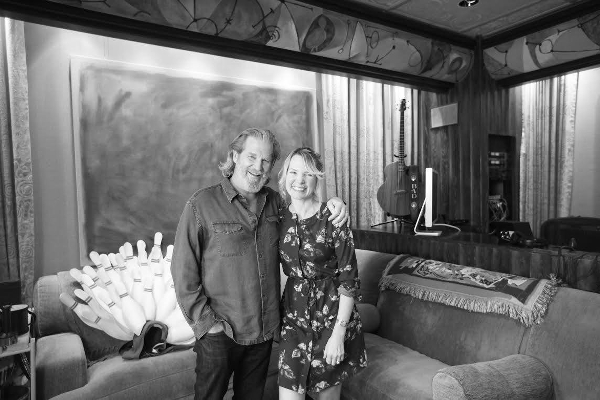
I returned to The Landlord, which I had initially seen in my 20s, when I was feeding a healthy Putney Swope obsession and wanted to watch anything tangentially related. In my 40s, instead of being entertained by the absurdist comedy, I really felt the rage of Lou Gossett Jr.’s character, Copee, watching his world gentrified around him, his woman impregnated by a white man whom he would prefer to murder with an ax. I saw a neighborhood grappling with the aftermath of Dr. King’s murder, in the midst of a housing crisis.
Having seen Harold and Maude more times than Star Wars during my college years, I wanted to check my maturity. Had I grown as a person? Was Cat Stevens still the driver of my emotions? I now responded to the detached ambivalence of the uber-wealthy, and the fallout of emotional unavailability. Harold was Holden Caulfield, Jim Stark and Camus’ Meursault. I saw Maude’s Auschwitz tattoo, and applauded her zen indifference to the constraints of a society she floated above.
As a fully formed adult, I now saw in Bound for Glory the struggles of the people in the migrant camps, the children peeling flies off their backs in the midday sun, and Woody internalizing the collapse of American values.
My producers and I kicked these ideas around, finding little moments that we had somehow missed before in his films. A thesis was finally brewing. Hal Ashby was of the people, he loved people and he documented the struggles of humanity. His barefoot stoner peacenik reputation didn’t add up — he railed against corrupt systems of rule, he believed the upper-class “didn’t give a shit about anybody,” and fought to make the kinds of films he did, because he ultimately felt responsibility as an artist. Hal Ashby was starting to make me feel better, but an even more important revelation emerged — we also saw Hal, not the literal cameo sneak-ins, but his own life mirroring each of these male protagonists.
“Every sonofabitching time you sit down in front of a goddamn reel and you take a look, you’re going to have an idea. And whether you pursue it or not doesn’t matter. The film will tell you what to do.” – Hal Ashby
Being There is the film of all Ashby films — it is the crest of the wave and the culmination of every good idea he ever had. It is a flawless film. And I was totally freaked out about how to treat it in the doc. But it was in Being There that we found the bones of our film; it was a comforting place to finally be in. I now saw what I had not before, that in Being There Ashby had taken up the ultimate fight — challenging a corrupt government infrastructure and the dangers of celebrity worship.

We recut our film and had something substantial to work with; Hal had finally found its shape. And as we discovered in his audio seminars and interviews from AFI when he said time and again that “the film will tell you what to do”, Hal Ashby himself had been nudging us the entire time. He was simply asking us to revisit the films of our lives. Pace e Amore!
Full disclosure: Nick Dawson, Talkhouse Film’s editor-in-chief, appears in and is an associate producer of Hal.



